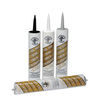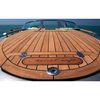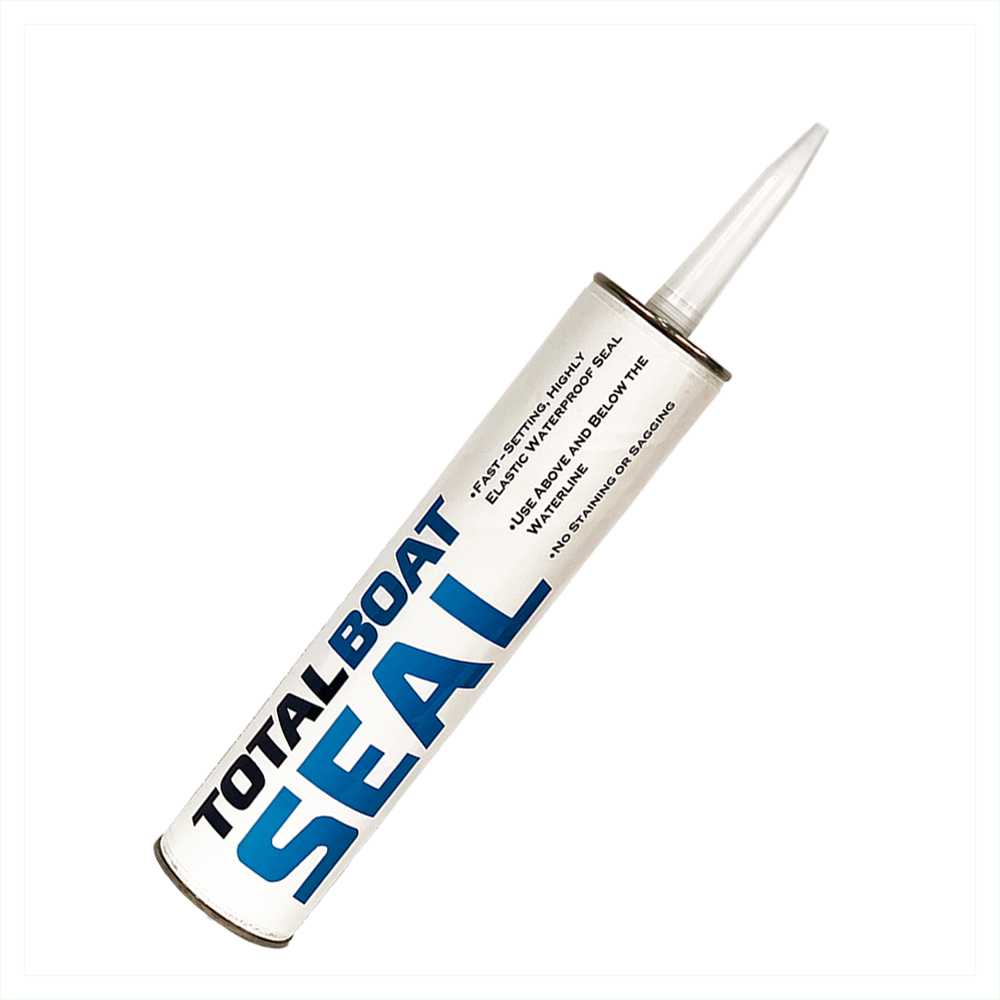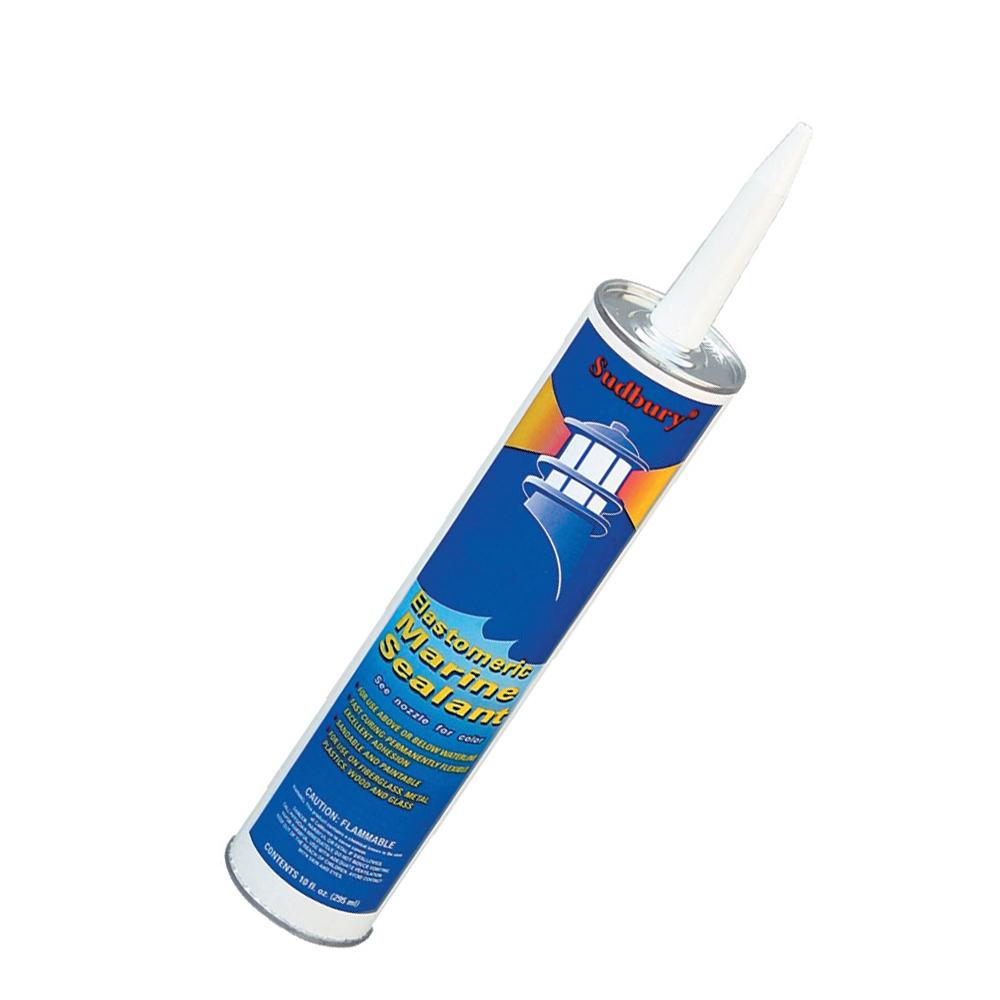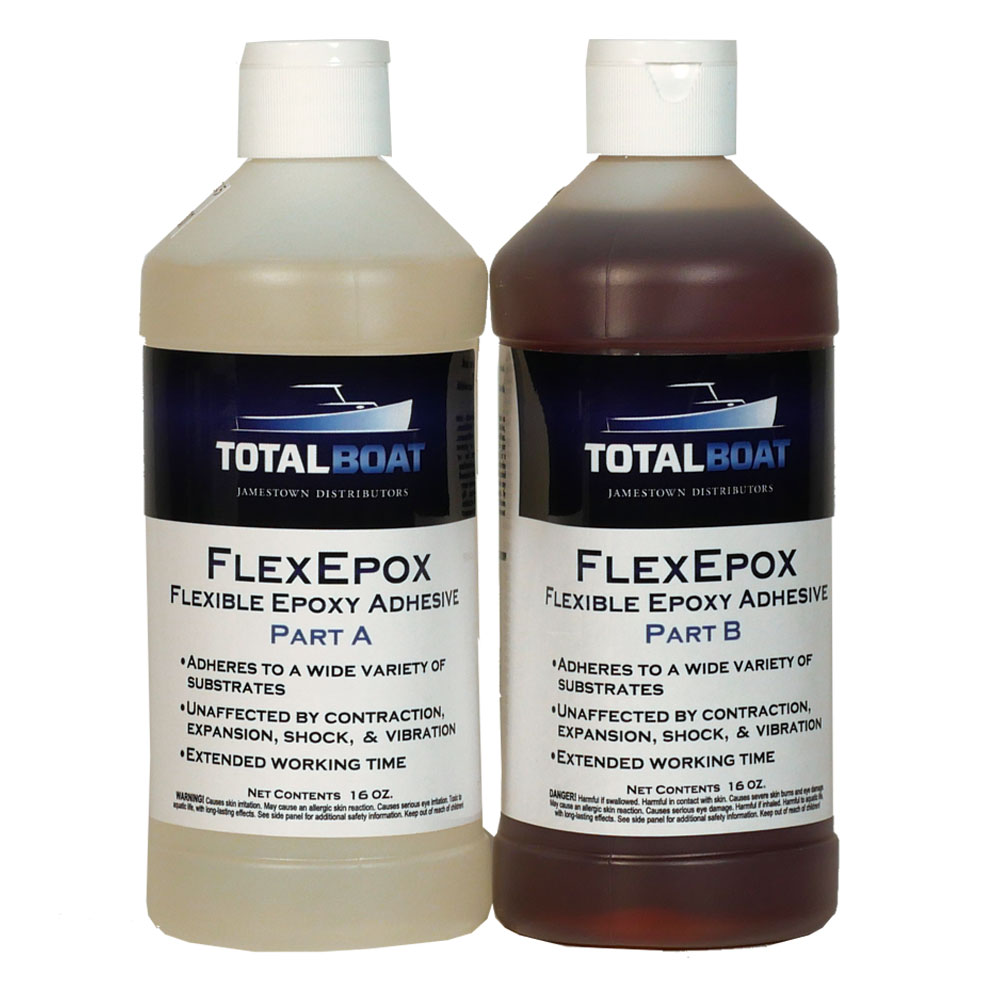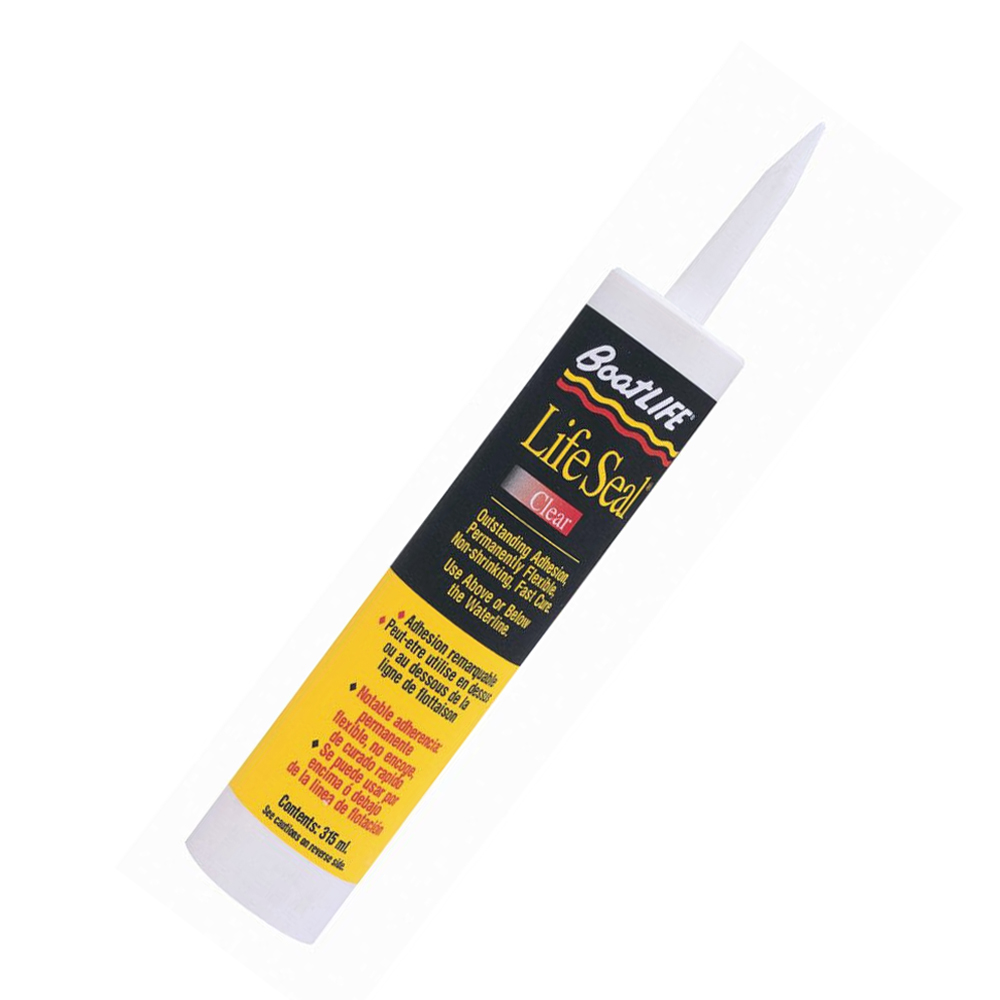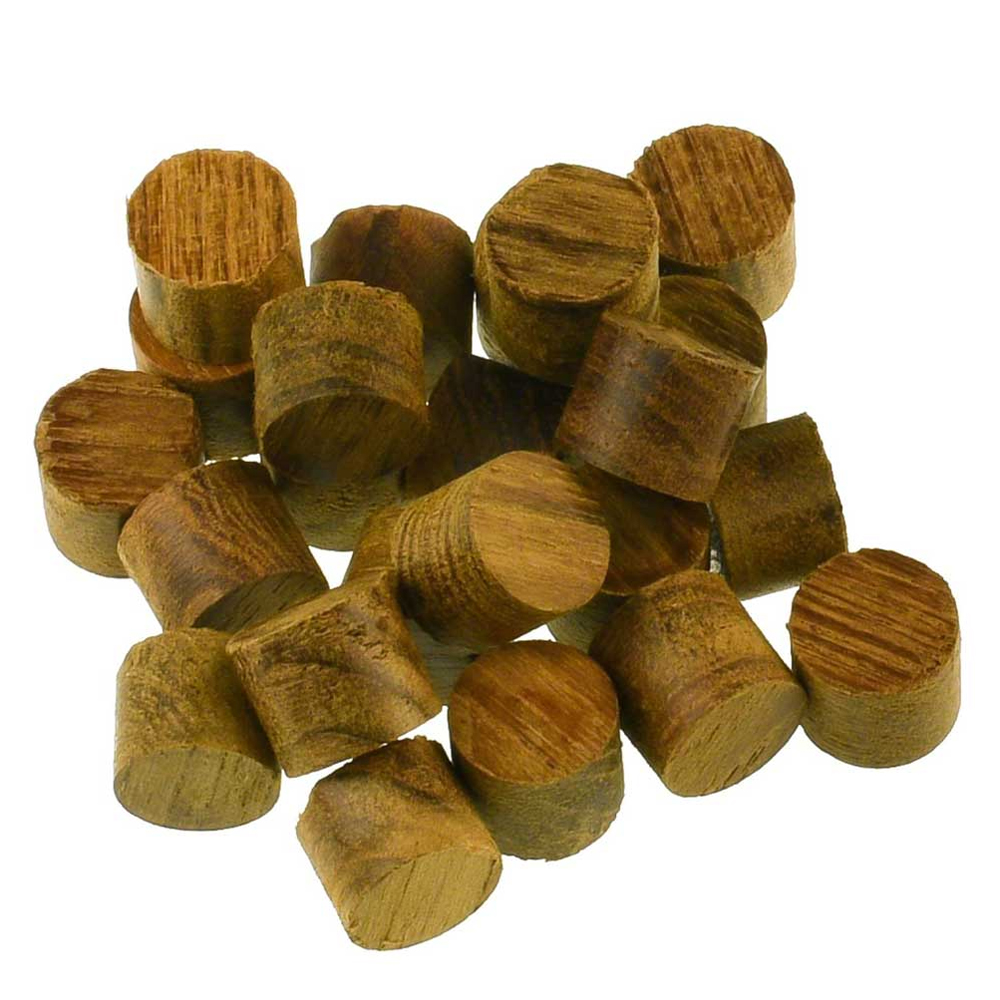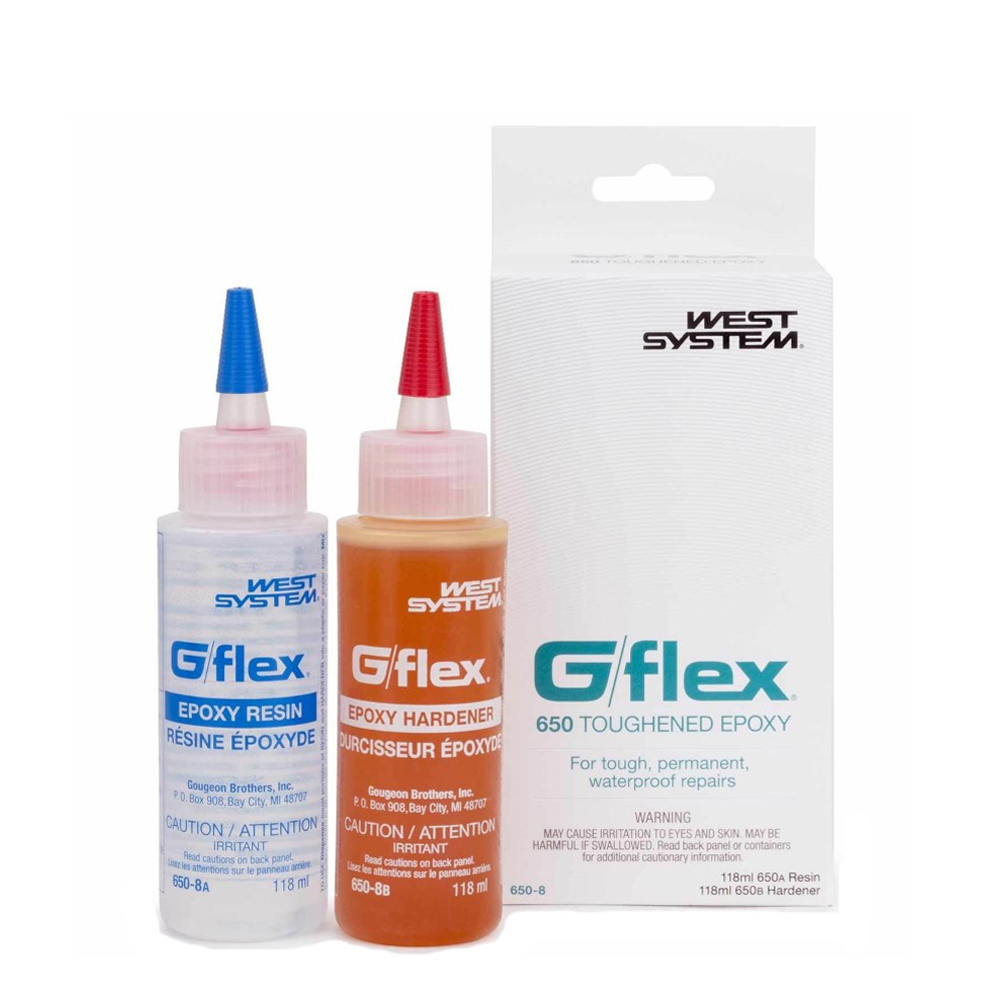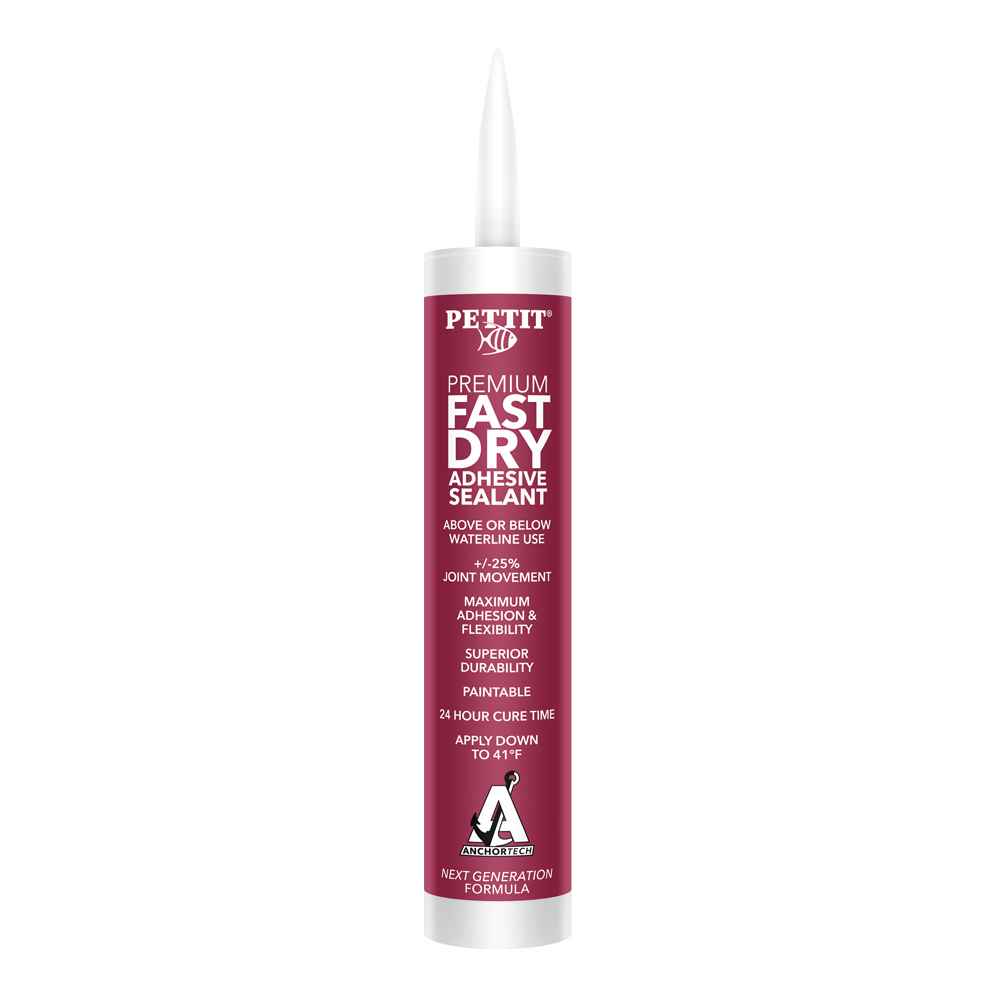This item is eligible for free shipping
TDS Teakdecking Systems caulk is a one-part, paste-like oxime cure system that forms a tough, flexible solid rubber compound when exposed to the air.
Used primarily for caulking teak boat decks, Teakdecking caulk is a thixotropic material that does not sag during cure, and has excellent temperature stability and chemical resistance once fully cured.
Because the sealant is neutral cure, it is non-corrosive to all substrates. Available in black, white, and gray.
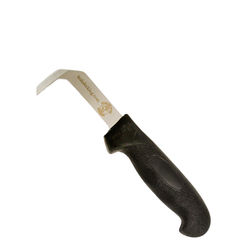
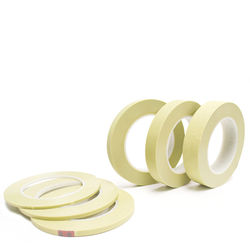
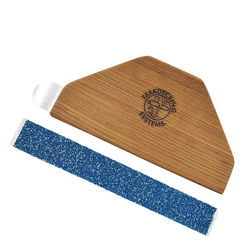

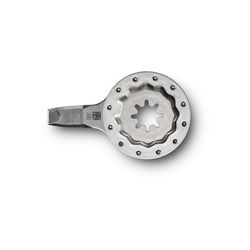
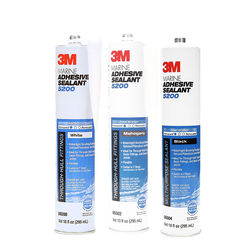

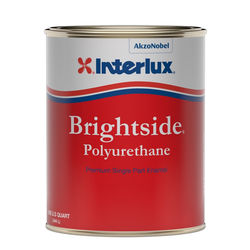
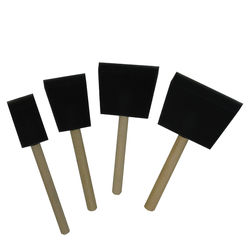
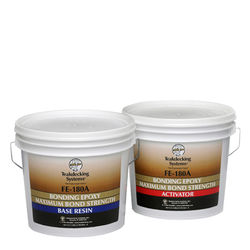
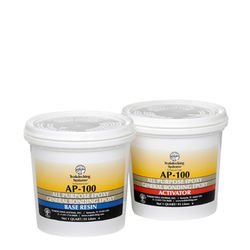
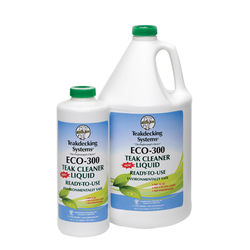
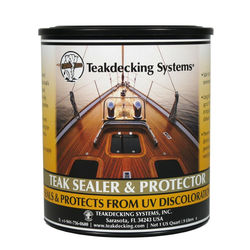
Reviews for Teakdecking Systems - Caulk
Verified Purchase
We use this frequently for caulking on megayachts. It's pretty expensive but it works well and if properly applied will last for many years. Very important to push it into the seams to get the air out, and leave the seam proud, as it shrinks a little when it dries
Was this review helpful to you?
Verified Purchase
Goes a lot further than I thought it would. Sands very well..I let it cure for forty-eight hours.
Was this review helpful to you?
Verified Purchase
Product is great but note the expiration date. It is hidden toward the bottom of the tube in light print.
Was this review helpful to you?
Verified Purchase
I recently completed re-seaming the deck on my 44' sailboat when an alternative product began deteriorating and turning to mud on my deck ( a job that was done about 10 years ago). I have over 1000' of seams and went through around 40 tubes. The TDS product flowed easily, has a great consistency, and tooled well. I took the advice of a few people and used a quality electric caulking gun and heated the tubes in water before application, both were very helpful. It's too new of a job to prove that this caulking will not break down in time, but I have inspected lots of TDS decks over the years and have not seen the deterioration issues that plagued my deck. A great product.
Was this review helpful to you?
Verified Purchase
I made a mahogany top for a table on my dock and wanted it to tie into my ChrisCraft. After reviewing I decided to go with this and after actually reading the instructions it was super easy to use. After 24 hours to cure I sanded the entire surface and applied oil. Couldn't be happier with the results!

Was this review helpful to you?
Verified Purchase
This product works very well .



Was this review helpful to you?
Verified Purchase
Works great , reasonably easy to apply and drys reasonably quickly. I peeled my tape after 2 hours and was dry on top . Good product, works well in warn weather , that was my experience.

Was this review helpful to you?
Verified Purchase
This is by far the best caulking for teak, it's easy to use, looks great. Any where you have teak.


Was this review helpful to you?
Verified Purchase
Used to caulk new repair on old teak deck..Sanded nicely after two day cure. Looks perfect, ..unlike the rest of the deck.
Was this review helpful to you?
Verified Purchase
Recaulked my entire 44' F&C teak deck, a lot of work but product is great



Was this review helpful to you?
